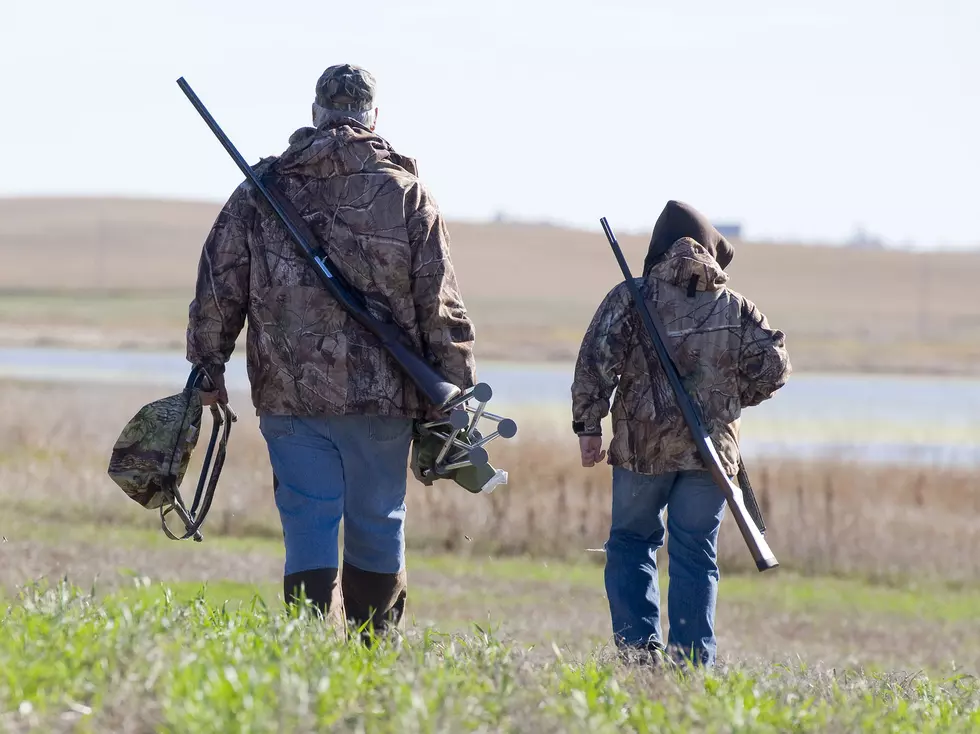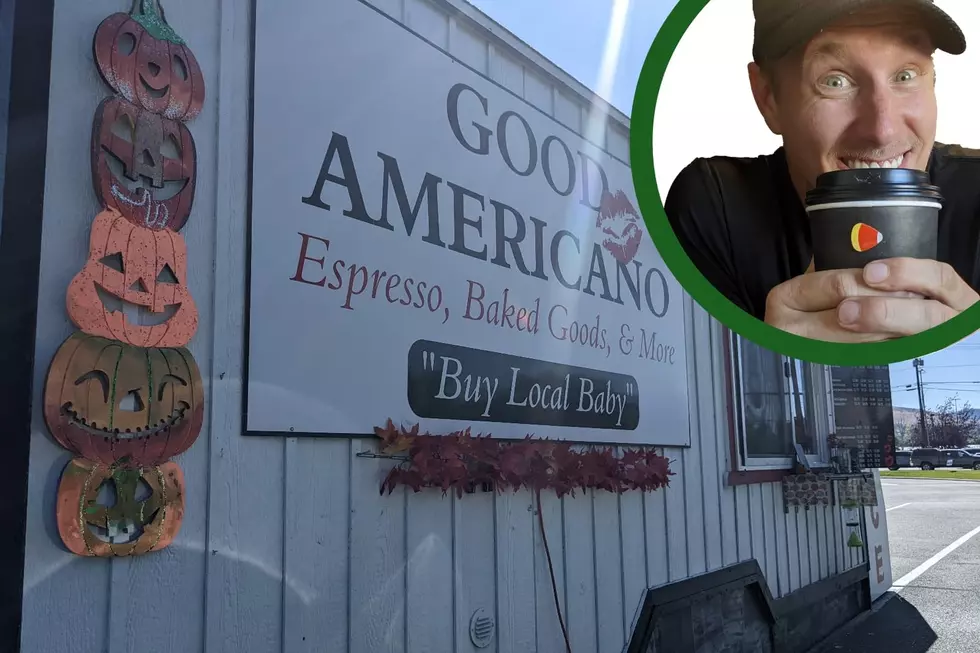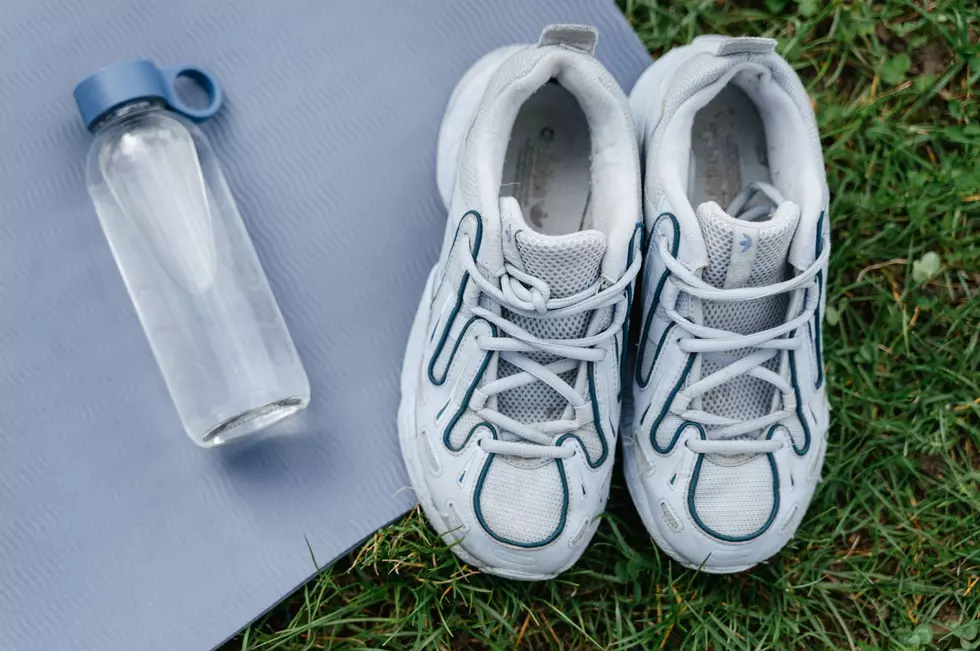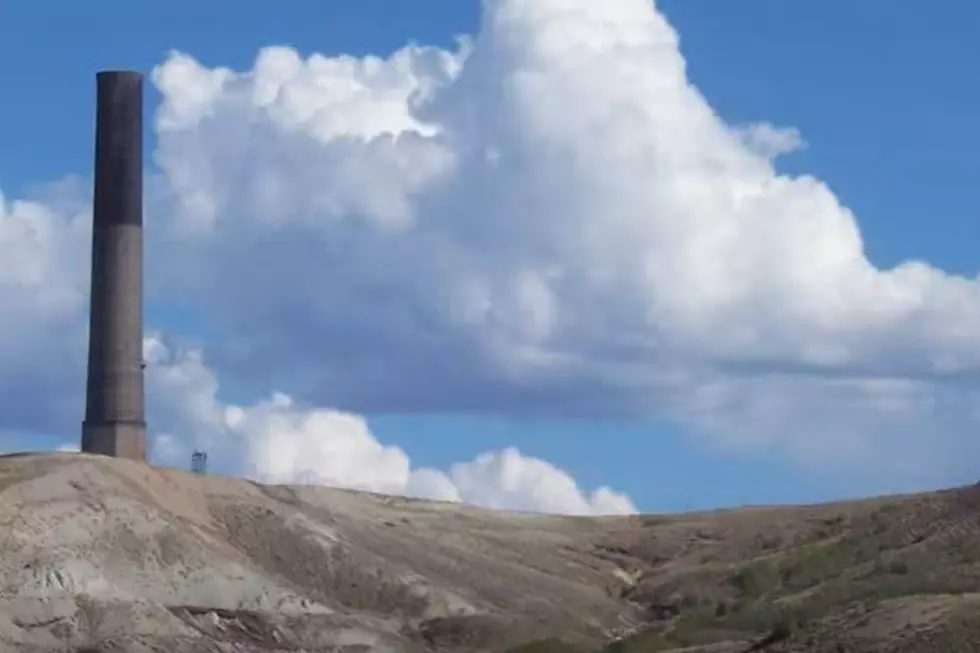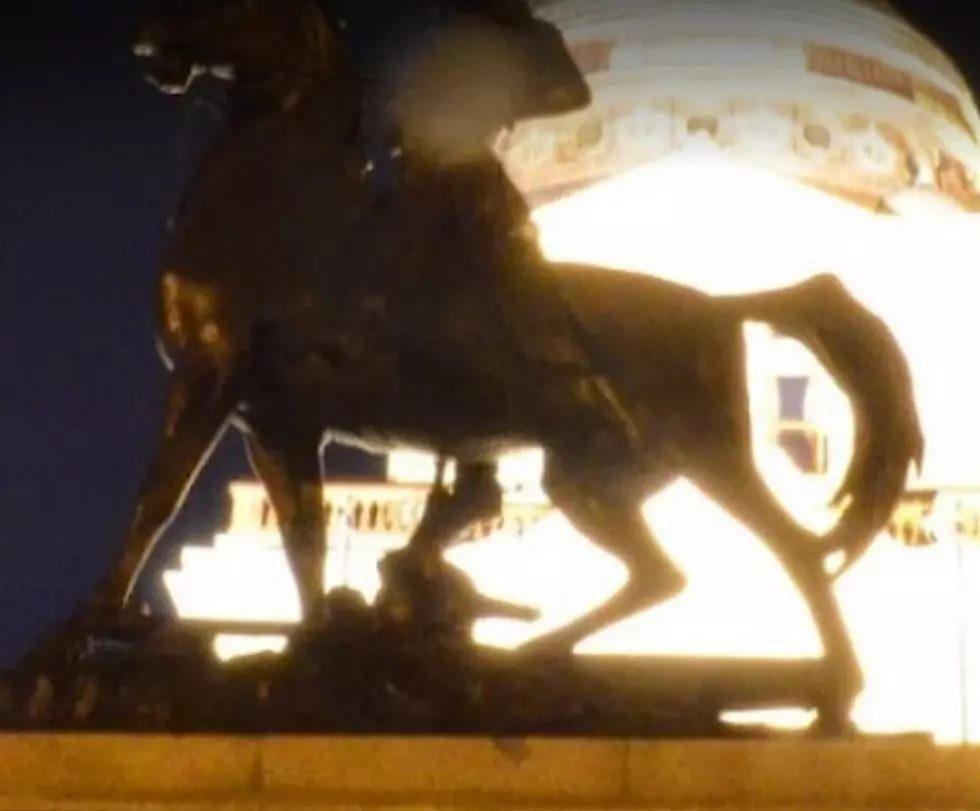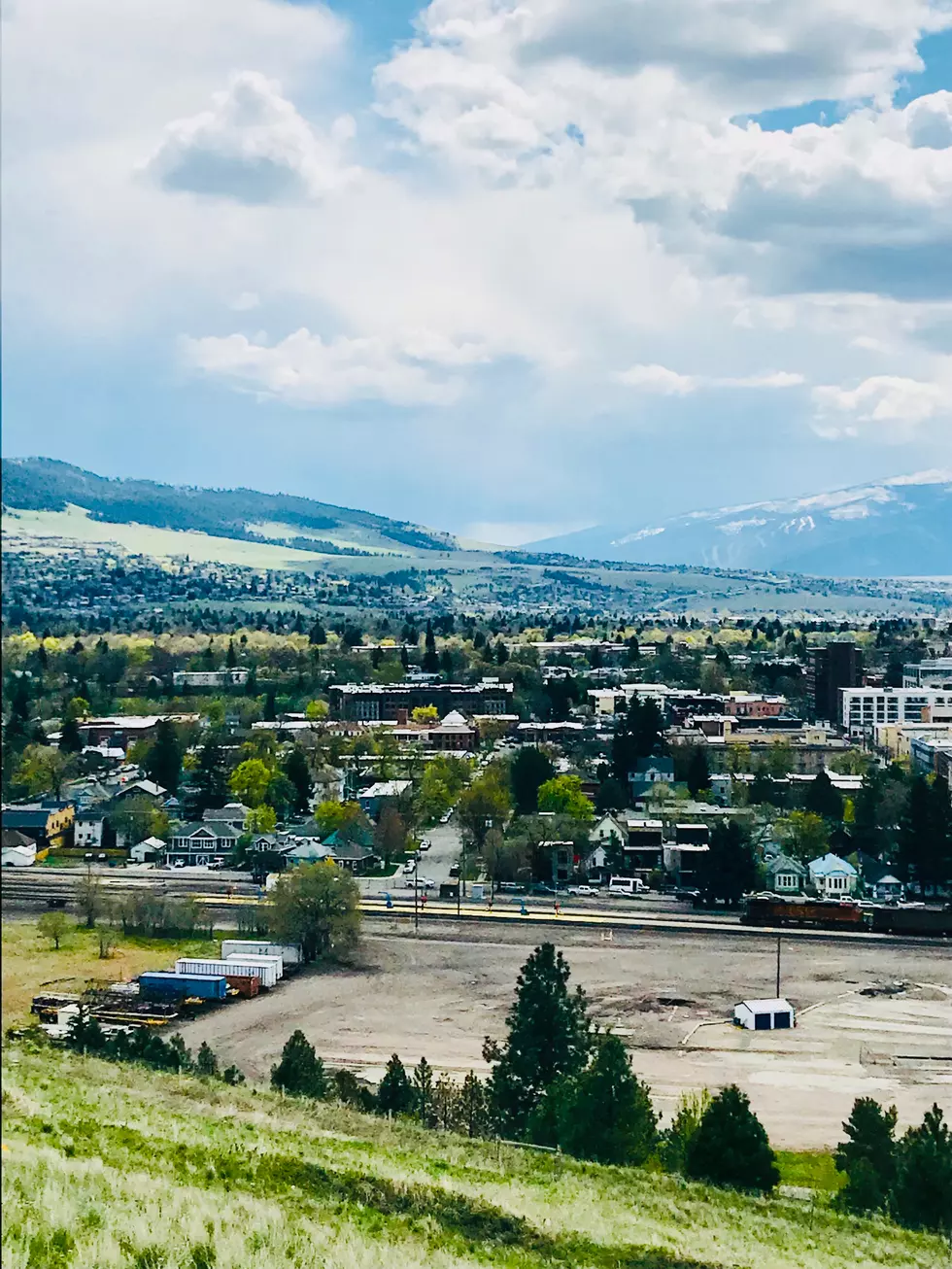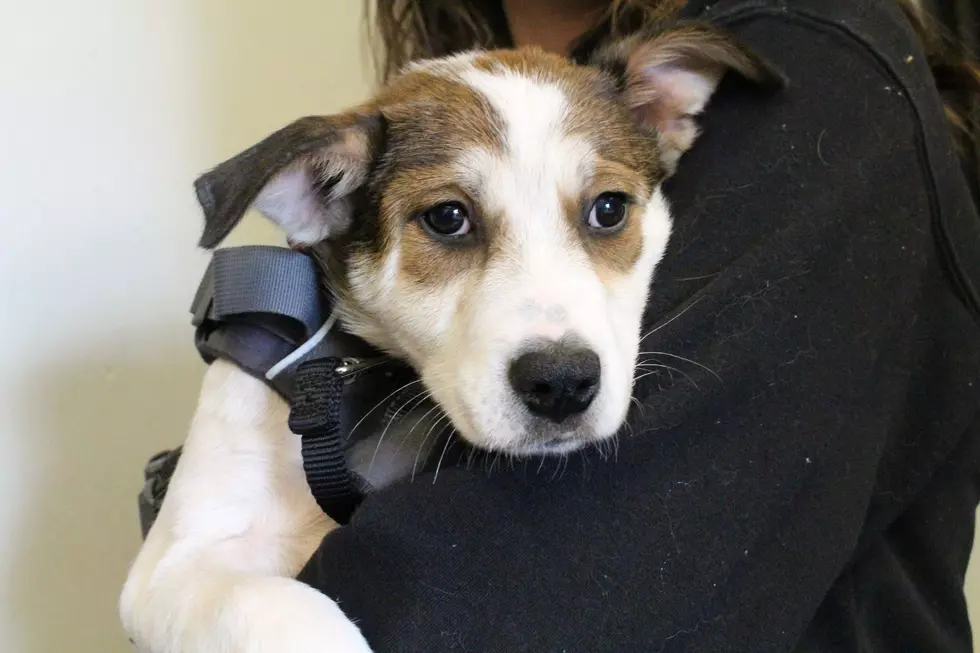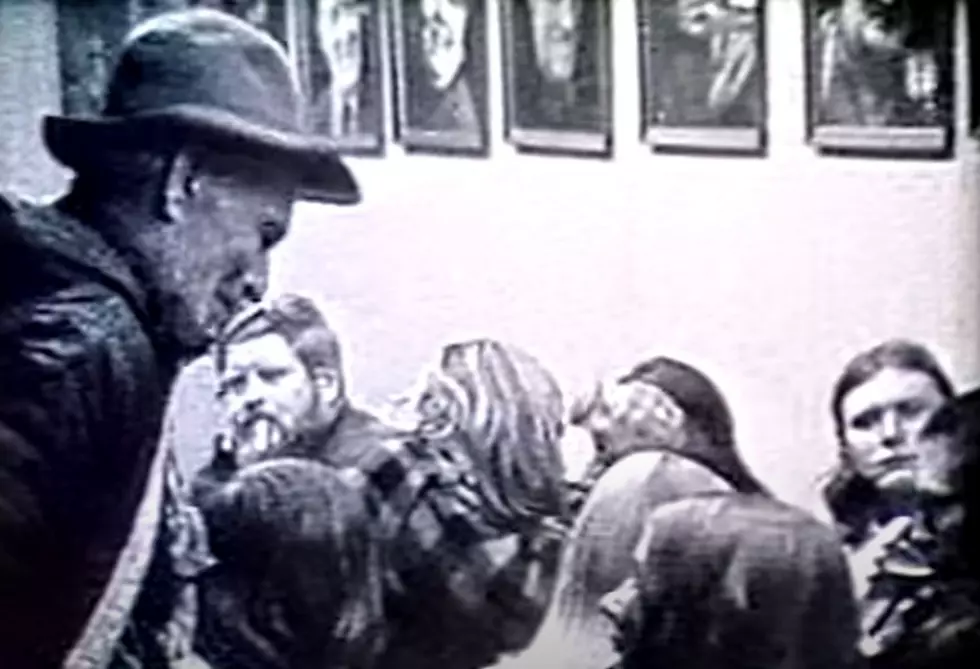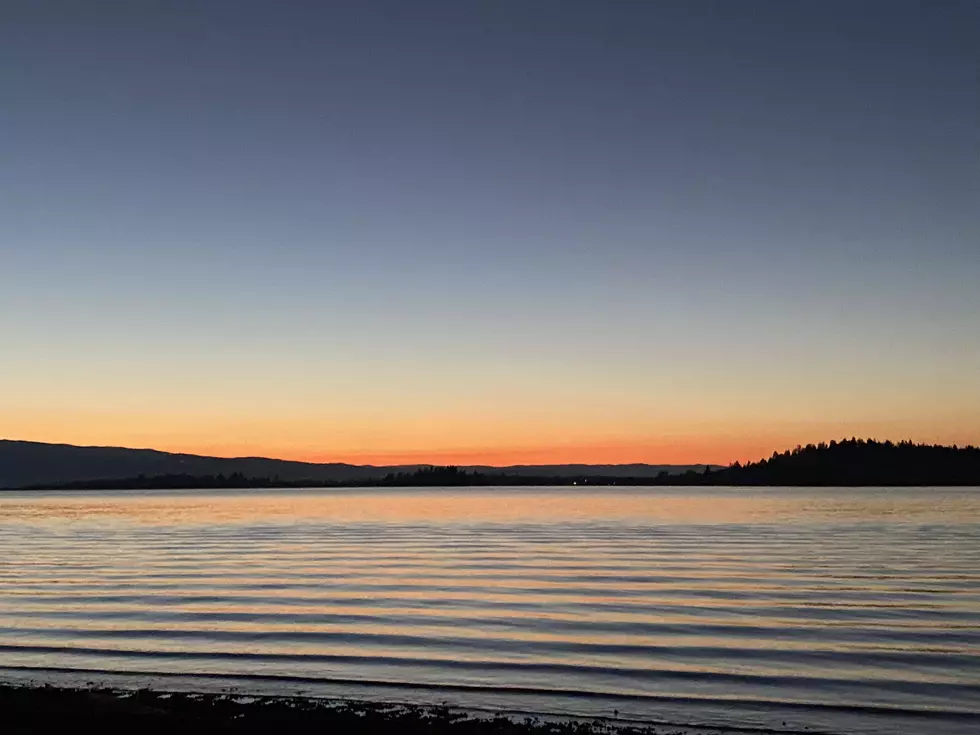
Is It Illegal To Film In Glacier National Park, Even With Your Smartphone?
You pull up Going To The Sun Road, ready for your trip into "The Crown Jewel Of The Continent" ready to hike, fish, or just experience the awe-inspiring beauty of Glacier National Park. And you catch one of about a million perfect opportunities to document the experience for your socials; be it Instagram, YouTube or Twitter. You take it.
But is what you're doing legal? It might seem like a silly question, but it's an important one. The story of how we got here is a wild one, and it has to do with an ancient (well, ancient by United States history standards) law, the National Park Service, the Department of the Interior, several lawsuits, and an ever-changing digital landscape.
A Little Background
Ever since the National Parks Act was passed in 1916, the United States Department of The Interior has maintained the Bureau of Land Management and the National Park Service, and oversees all federal public lands in the country. National parks are, by definition, public land (source) and in addition to being available for public use they are also leased to filmmakers for movies and TV shows like Yellowstone.

Filming on public lands is considered an "inconvenience" as roads or trails financed by taxpayers need to be shut down for filming. The act of filming itself (especially in large-scale productions like a movie) may cause negative impacts to the environment, which is why you can't even fly a drone in a national park like Glacier; it was made illegal in 2014 (source)
Since 1965, the National Park Service has profited from TV and movie crews filming on public lands. Since this law was written and passed waaaaaaaaay before YouTube became a thing, all filming was considered to be for commercial purposes:
...the recordings of a moving image by a person, business, or other entity for a market audience with the intent of generating income.
There were exceptions made for local and national news coverage, which is why we got to see footage of the wreckage left in the wake of the flooding at Yellowstone National Park earlier this year.
RELATED: Dramatic Flood Footage At Yellowstone
And since 2014, 16 U.S.C.460l-6d has allowed the Secretary of the Interior to establish "reasonable fees" to be obtained by the NPS for commercial filming purposes.
Why Are There Fines?
The NPS landed in the spotlight in 2020 after YouTubers Kara and Nate uploaded footage they shot in Great Sand Dunes National Park and Rocky Mountain National Park. The NPS saw the footage and fined them, claiming the use of their footage was, in fact, for commercial use (since Kara and Nate made money from YouTube's Partnership Program after uploading the video) and that they had not obtained a permit to film.
Wait, there's GOT to be a difference in how they treat video from a smartphone and professional movie studios, right?
Kara and Nate, along with an independent filmmaker who was also fined by the NPS for using footage shot on a national park, were then vilified in 2021 when the U.S. Court of Appeals ruled that the Park Service violated the plaintiff's 1st Amendment rights, because the fees...
...penalize far more speech than necessary to advance the government's asserted interests, they run afoul of the First Amendment.
You can read the decision HERE (and find the aforementioned dissent on page 27). The decision struck down the filming and permit systems used by the NPS, thereby allowing casual vloggers like Kara and Nate, you, me, and anyone with a smartphone to film in national parks without incurring fines.
It was then considered "low-impact filming" as long as you used nothing more than what you could carry into the park and a simple tripod. More on that below...
Fast Forward To August 2022
All that has just changed. When the Park Service appealed, The U.S. District Court of Appeals reversed the decision 2-1, now saying that the fees the NPS wants to use for issuing filmmaking permits are reasonable, and even the act of shooting video taken in the spur of the moment isn't free speech at all.
The Bureau of Land Management is now using the interim fee system that it instituted after the original ruling. It's not easy to get a permit: the process could take weeks to be approved and the fees start at $131 per day. The more hours it takes to process your filming application and supervise your filming activity, the higher the cost.
Glacier National Park has not yet responded to our requests for clarification and I couldn't find any news releases regarding the matter on its website. However, we will provide more information as it becomes available.

What's Legal, What Isn't
Still photography is allowed with no restrictions, but if you're thinking about recording video in national parks, think carefully. This guidance is pulled directly from the National Park Service website:
“Low-impact filming’ is defined as outdoor filming activities in areas open to the public, except areas managed as wilderness, involving five people or less and equipment that will be carried at all times, except for small tripods used to hold cameras. Those participating in low-impact filming activities do not need a permit and are not required to contact the park in advance. If low-impact filmers have questions about areas where they want to film, they should contact the park directly.
It is unknown whether the case will find its way to the U.S. Supreme Court, which would be the next step in appeals. For now, please continue to visit Glacier and our public lands in Montana, as they are a joy to experience. If you have questions about whether or not you need a permit, please contact Glacier National Park.
LOOK INSIDE: Glacier Bear Retreat, the Only Private Home in Glacier Park That Is For Sale
More From KGRZ Missoula
